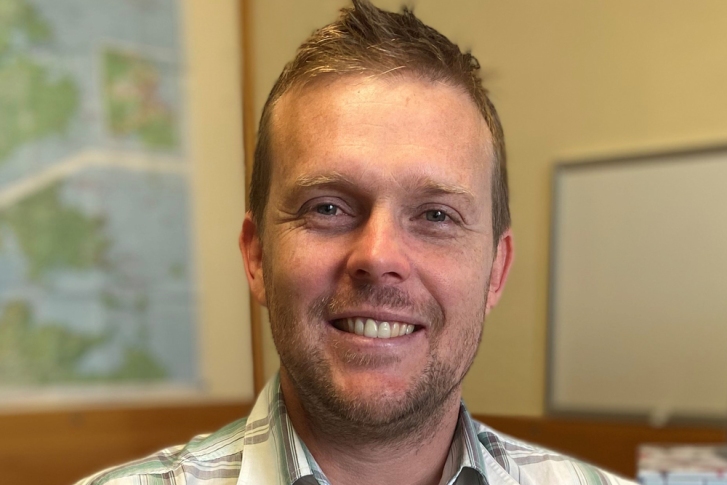NIWA may be coming to a boat ramp near you to learn more about the recreational fishing catch in New Zealand.
Interviewers will be at boat ramps along the north-eastern coast of the North Island, as well as parts of the west coast and some areas of the South Island.
Interviewers will approach people returning from a day's fishing, enquiring about how many and what kind of fish they've caught, where they've been, the bait they've been using and how long they've been out.

The project, led by NIWA Fisheries Scientist, Dr Jade Maggs, recruits interviewers who are often passionate fishers or members of local fishing clubs.
"We would just like to know a little about what you caught, and how you caught it. All information collected is kept private. The interviewers are not there to enforce the law, but only to collect scientific information. It’s completely voluntary and we don't share people's secret fishing spots"
Jade Maggs

NIWA Chief Scientist Richard O’Driscoll says it is really important that we know how many fish are being taken out of the ocean.
"This includes the recreational catch, which in some areas is as high or higher than the commercial take for species like snapper and blue cod. Our interviews, with the help of recreational fishers, provide the information needed for effective management of inshore fish stocks."
Richard O’Driscoll
These surveys are a vital part of NIWA's research on recreational fisheries for Fisheries New Zealand.
Fisheries New Zealand Principal Scientist Ian Tuck says that this research provides an important source of information about recreational fishing.
"We’ve had boat ramp surveys since the early 1990s – it’s one of the ways we get data on recreational fishing activity. This complements other research like the National Panel Survey, which is our largest recreational fishing survey, and area-specific surveys where more detailed information is needed, such as sampling of catch during the recent recreational pāua season in Kaikōura. The interviewers will be asking fishers about their catch, and this information will go towards stock assessments and informing fisheries management settings, such as catch and size limits."
Ian Tuck
This year, NIWA are also collecting data on the number of snapper being caught and released in the recreational fishery. This follows on from an experiment last year, which looked at the survival rates of recreationally caught snapper that are released back to the sea. The new data collection initiative will involve volunteer fishers taking measuring mats and information sheets out on their fishing trips to record the size and numbers of snapper caught, as well as information about how deep they are caught and how they are hooked.
More information can be found here.

